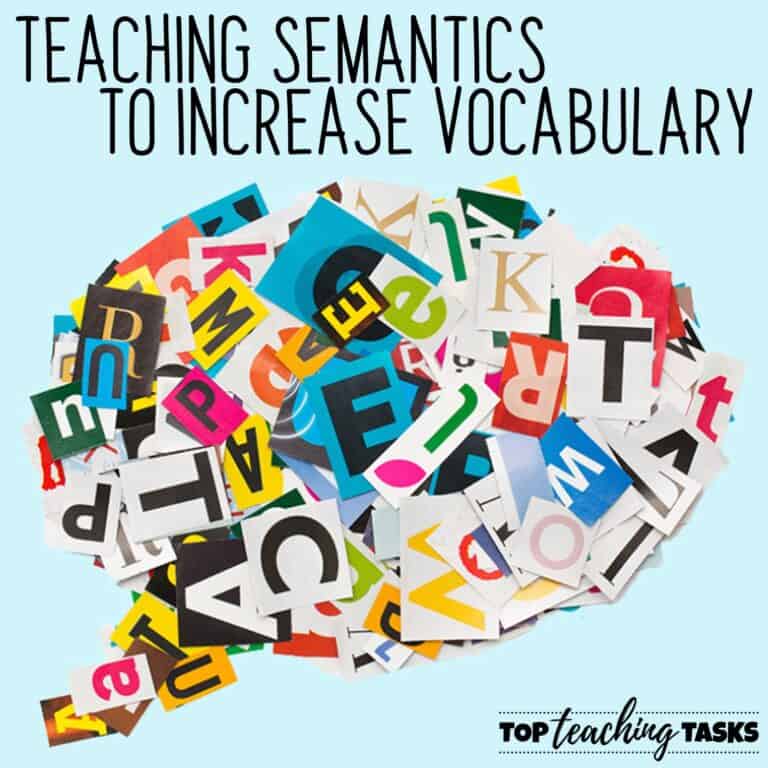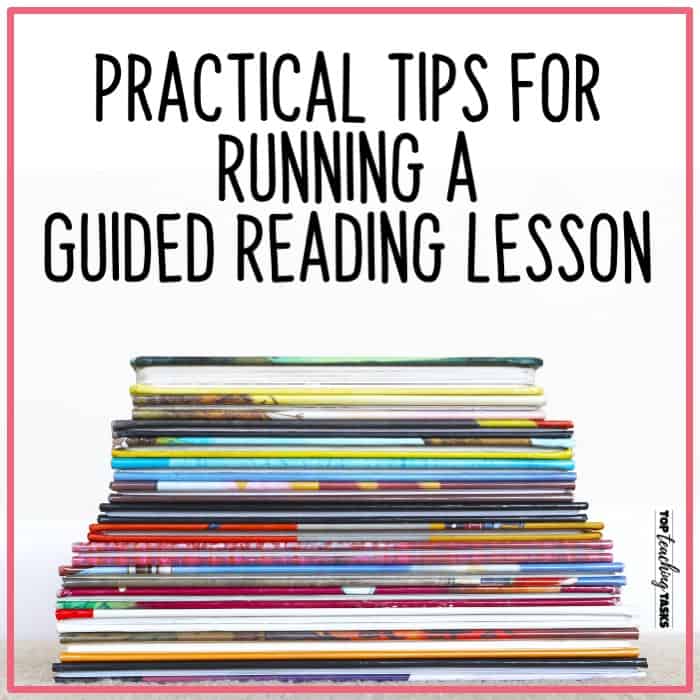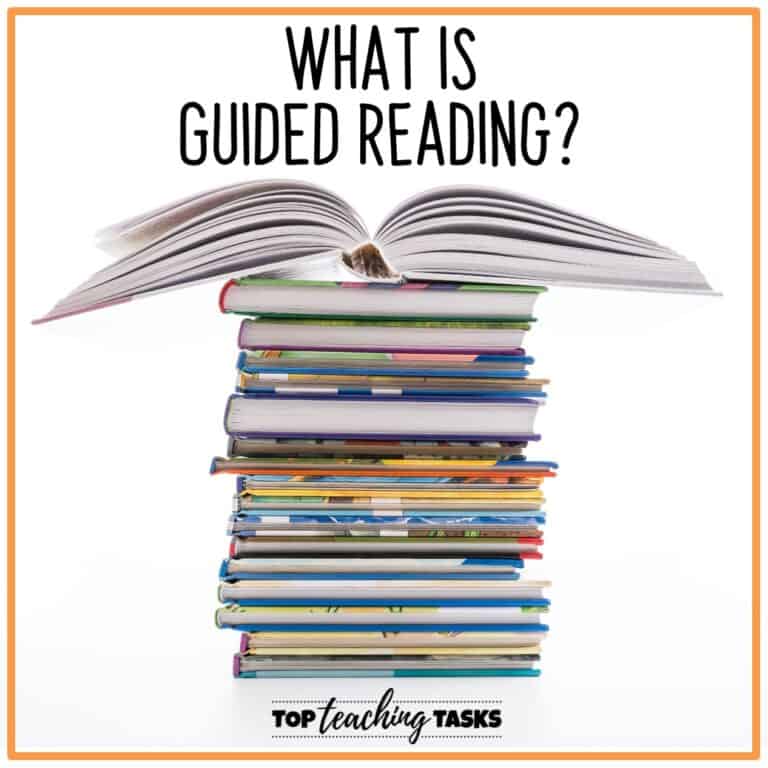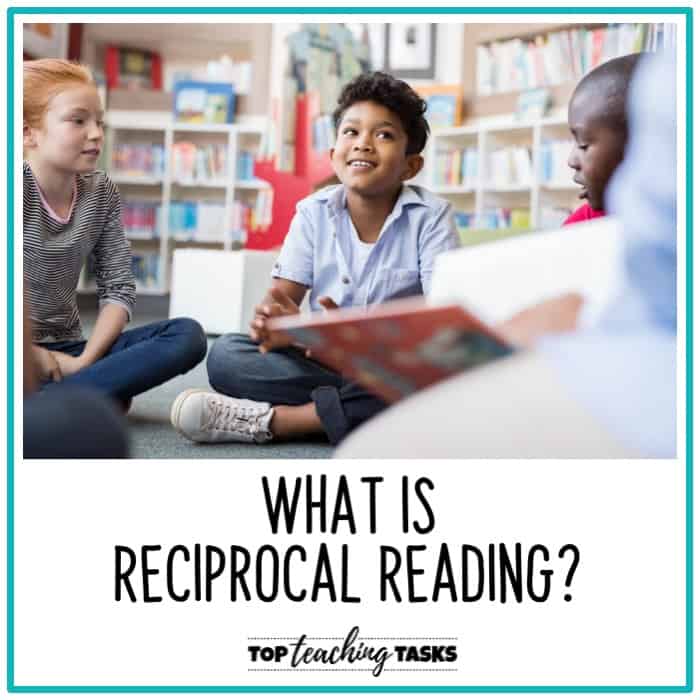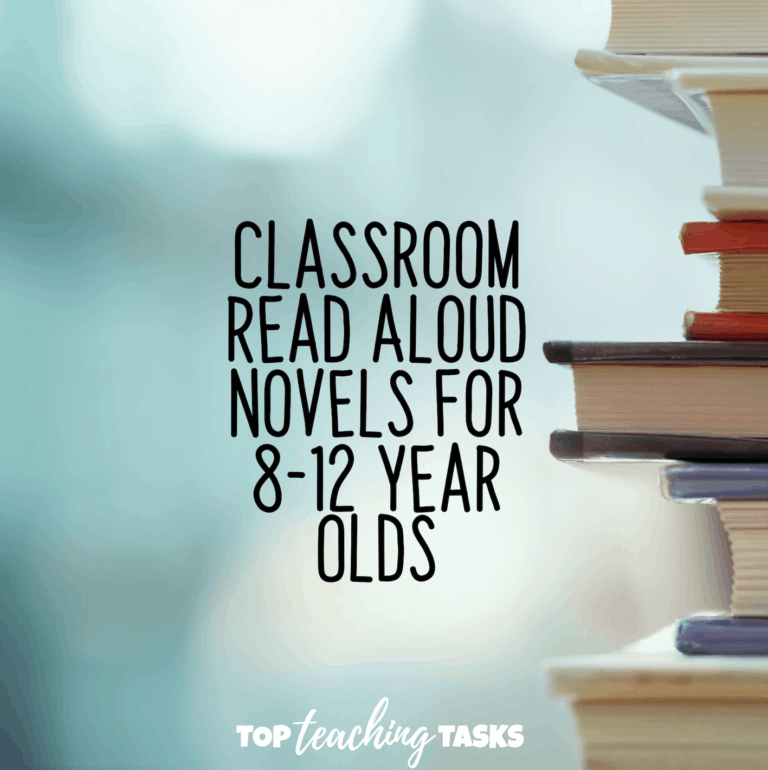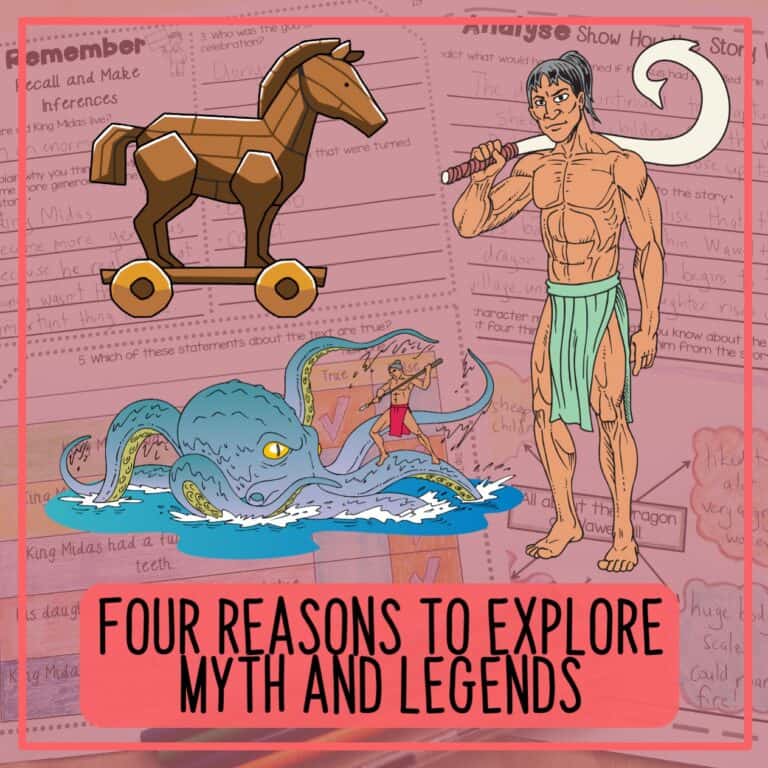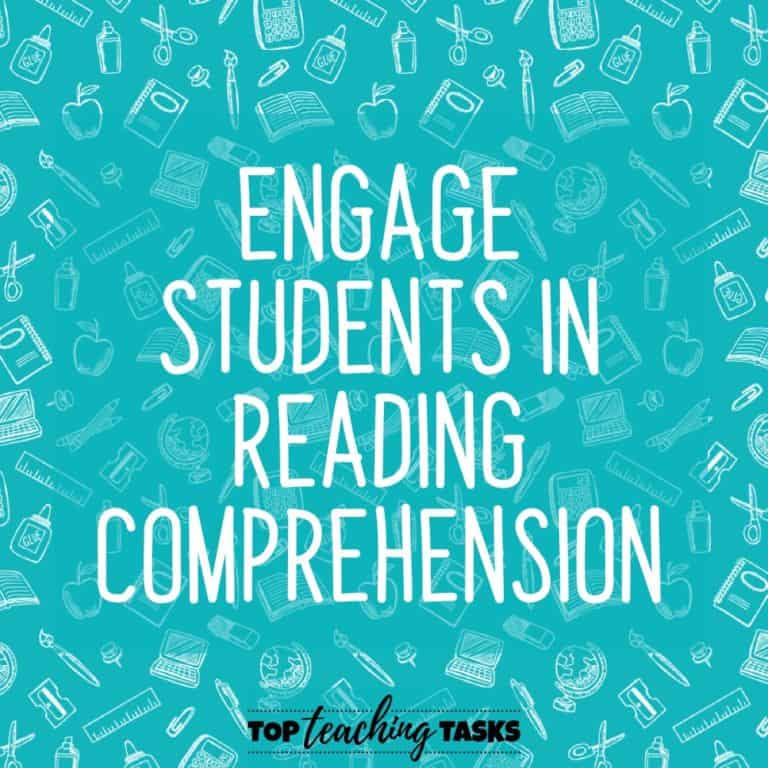Teaching Semantics to Increase Vocabulary
This blog post explains why explicitly teaching semantics is important, and how you can teach semantics to increase vocabulary. We also highlight some handy tools to do just that! What is semantics? Semantics is the study of meaning in language. It is concerned with how words and phrases are used to convey meaning, and how…

